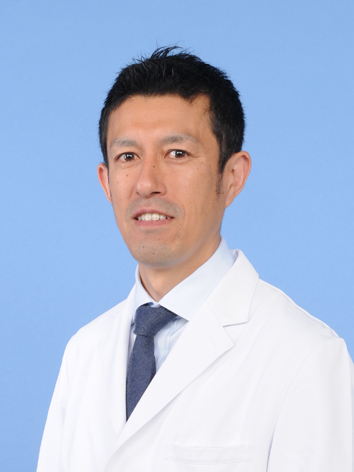Description
Objectives: Secure soft-tissue fixation is essential to ligament reconstruction. The purpose of this study was to investigate the graft diameters and mechanical properties of hamstring tendons sutured using different materials and techniques.
Methods: This study used 30 fresh, frozen human cadaveric semitendinosus tendons; the free ends of 10 specimens each were sutured by braided polyester sutures with the Krackow technique (BP group), suture tape with the Krackow technique (ST group), or suture tape loop with the locking SpeedWhip technique (SL group). First, the changes in graft diameter from before suturing to after suturing were investigated. Each graft was pretensioned to 100 N for 3 cycles and then cyclically loaded to 200 N for 200 cycles. Elongation after cyclic loading and displacement in the 200th cycle were calculated. Finally, each specimen was loaded to failure. The ultimate failure load and stiffness were analyzed. These mechanical properties were statistically analyzed using one way analysis of variance. This study was approved by the ethics committee of our institution.
Results: In the BP group, the changes in graft diameter were significantly larger than those in the ST and SL groups. The elongation values after 200 cycles in the BP and ST groups were 3.1 ± 2.0 mm and 5.9 ± 3.4 mm, respectively. In the SL group, elongation (7.7 ± 3.6 mm) was significantly larger compared with that in the BP group. In contrast, displacement in the 200th cycle was significantly smaller in the ST and SL groups compared with the BP group. No statistically significant difference was evident for the ultimate failure loads among the 3 groups.
Conclusions: The results of this study suggest that suture tape may be an appropriate option for preparing the hamstring graft in anatomic anterior cruciate ligament reconstruction.




